A major wind energy project has begun: one that will play a key role in India’s vision toward sustainable power. The goal?
The goal is to produce 30 GW of wind energy per hour by installing numerous wind turbines in a span of five years. It is a big mission, and Tritorc is all set and started leading the bolting work needed to erect these giant machines and bring them to life.
Power from Wind One turbine at a time
Each wind turbine is capable of producing 5.2 megawatts (MW) of power every hour. This energy is enough to power thousands of homes a day. To produce such power, every turbine must be assembled and erected with absolute accuracy. This erection’s main operation is bolting from the foundation, going up through the tower, and finishing at the nacelle and blades. Tritorc’s tools and trained teams make sure every bolt is tightened and tensioned perfectly, with assurance of safety, strength, and long-term performance.
Bolting foundation to blades
The foundation of each turbine is bolted using 160 M48 bolts (80 inside and 80 outside). These bolts are tensioned using Tritorc’s customized Spring Return Tensioners. The force required goes up to 732 kN at 1370 bar pressure, which is achieved using CSLT-48 tensioners. These bolts form the base support for the entire turbine and are one of the most critical components of the job.
Moving up the tower, the structure is divided into segments, or “cells.” These segments consist of platforms, ladders, and lifts. Basically, after the foundation, the entire load is distributed to the tower, which consists of cells that are bolted from the inside using torquing tools. Based on the height and design of different sections, the size of the bolts varies: M64, M48, and M36. Tritorc uses its TSL torque wrench series, such as the TSL-20, TSL-5, and TSL-3, to obtain the required torque of each bolt. The torque values change from 2200 Nm to as high as 15000 Nm based on the section. These torque wrenches ensure each cell is securely connected, sustains the high wind loads, and stands tall and stable.
At the top of the tower sits the nacelle, “the powehouse the wind turbine.” This part contains the essential components, such as the gearbox and generator. Here too, precise bolting is the key. Tritorc uses CSLT and CMST tensioners to secure the nacelle to the tower and rotor. 120 M36 bolts are tensioned between the nacelle and hub. The load requirement is 640 kN at 1240 bar and is achieved using CSLT-M36 tools. Using CSLT-M45 at a force of 1020 kN, 24 M45 bolts secure the gearbox. These bolts hold the heavy machinery together to convert wind energy into electricity.
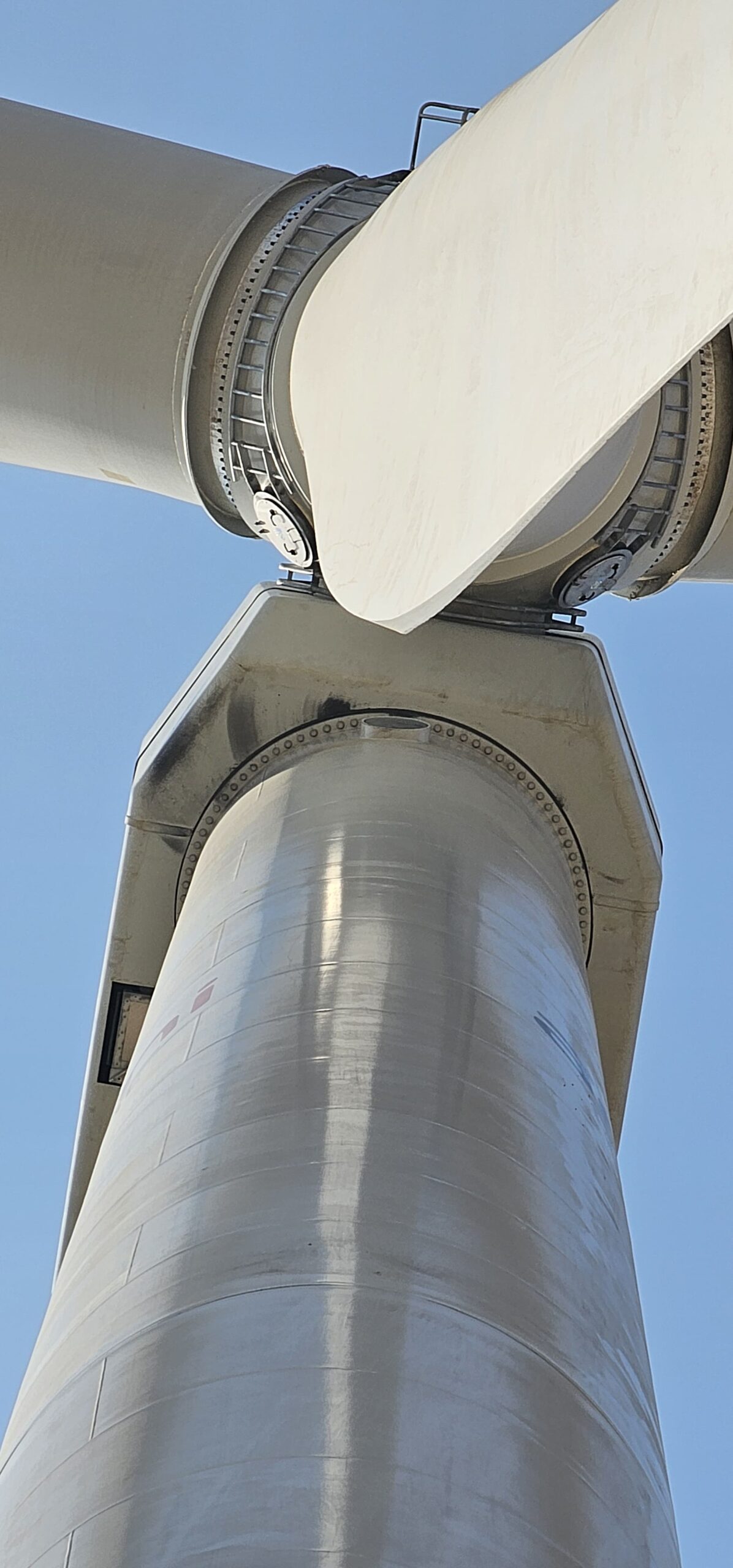
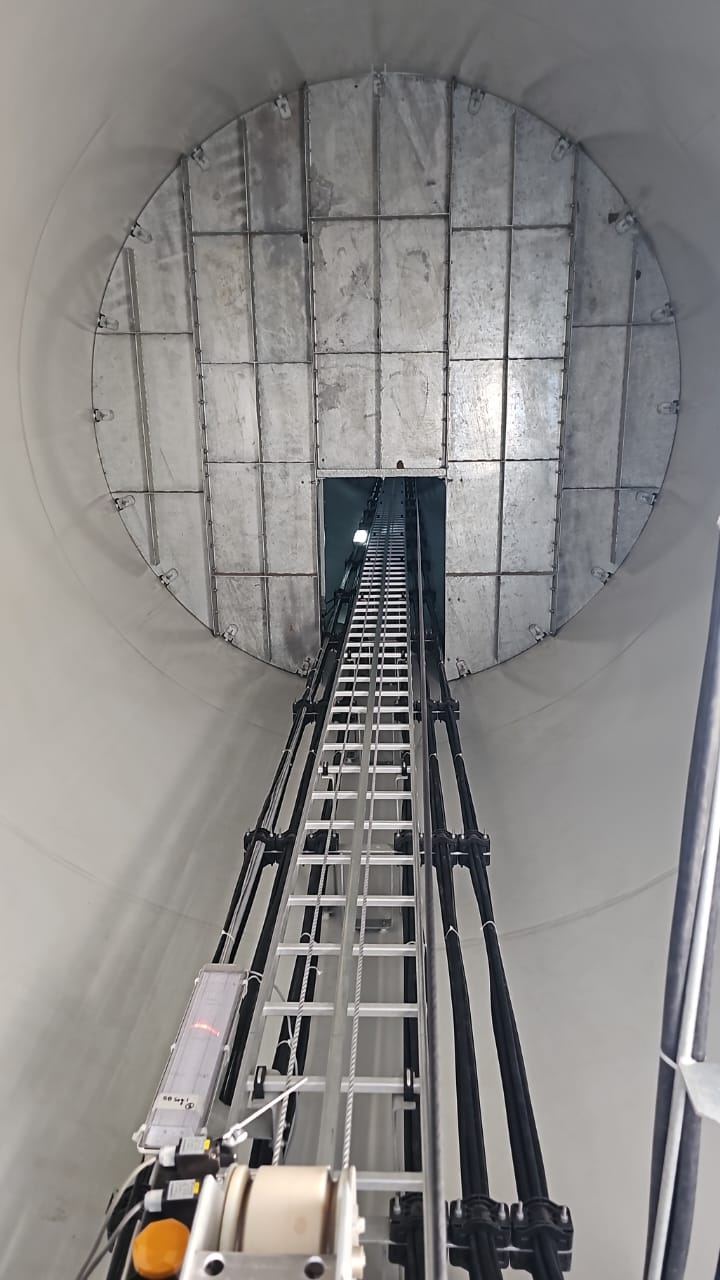
Setting up the foundation and the segments are comparatively easier operations to do; perhaps the most challenging part is the installation of the turbine blades. At 200m height, each turbine consists of three blades. Each blade is connected using 128 bolts of size M36. These are bolted using CMST-36 tensioners customized for this task to apply 435 kN of tension. This becomes difficult due to the working conditions. Highly skilled and certified operators are suspended high above the ground and exposed to strong desert winds while still performing the operation and securing the blades in place. It is a dangerous job but crucial to the turbine’s performance.
“The wind never stops, and neither do we,” says Vaishak Nair. “Every bolt we tighten for the wind turbines brings us closer to a cleaner future.”
“Visual section of Nasal and cells connected through bolted joints”
Tackling terrain challenges to deliver clean energy
The terrain in Bhuj is very complex. The area is dry and desert-like and has shifting sands and frequent high-speed winds. These conditions make working at height more risky and slow down some operations. But with a team of experienced workers on-site at all times, the work continues round the clock. Once the quality check is done for each section, bolting begins immediately. Timing is everything in this field, as any delays can affect the entire assembly and project deadlines.
The presence of fine microdust in the desert air also brings out serious challenges to tools and hydraulic pumps. This often leads to clogging, overheating, or may sometimes reduce the tool’s efficiency. The constant exposure to these dusts and elements can damage seals, filters, and fittings while operating. However, with regular servicing and robust tool design, the work continues without interruption, all thanks to the skilled employees and operators who work even in one of the harshest work environments.
So far, around 135 turbines have been successfully erected and are continuously producing clean energy. 135 turbines means 715 MW of power being generated every hour from wind. This is enough to power towns and industries without burning a single fossil fuel.
The economic impact of this project is favorable. Each turbine not only saves energy and resources but also reduces carbon emissions in parallel. As more turbines come into action, the project will help India to lower its dependency on coal and natural gas. Also creating jobs for technicians, engineers, and support teams across the country.
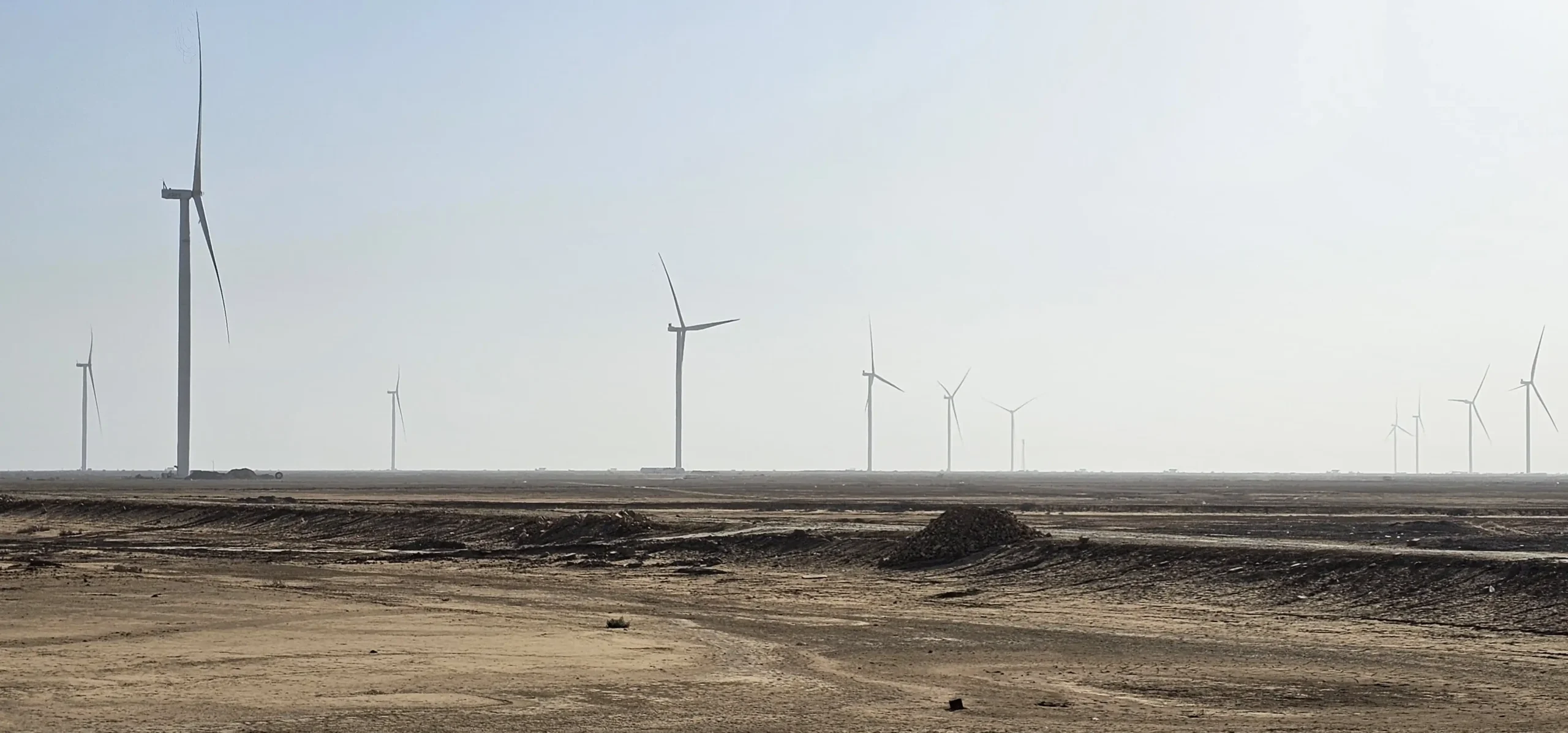
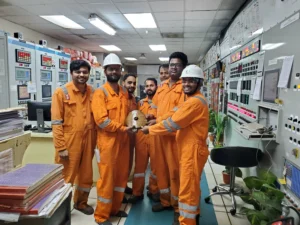
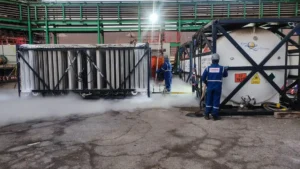
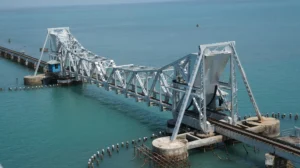
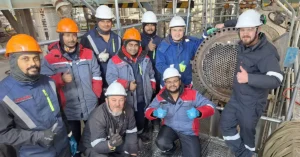
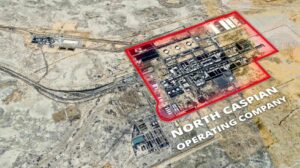

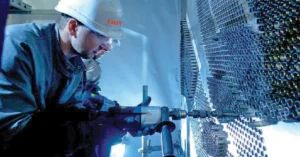
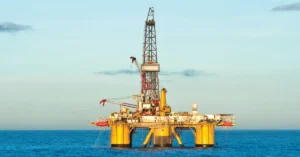
Leave a Reply